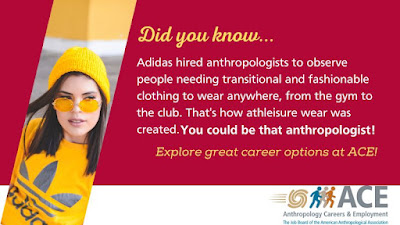 |
| Kerri Klein photographing a tombstone at Burial Hill Cemetery (Source: Anya Gruber) |
Archaeology focuses on the study of the material culture to understand lifeways and cultures of the past. Archaeological evidence can be used to support already documented historical evidence, or it can serve as the sole piece of historical evidence. Sometimes it can be both. This is the case for the Burial Hill Cemetery site in Plymouth, Massachusetts. Situated on the ancestral lands of the Wampanoag Indians and the former site of early colonists’ long since abandoned settlement this cemetery is a great source of historical and archaeological information pertaining to both known and yet to be discovered and/or investigated histories. This information, however, is at great risk of loss through natural and man-made forces, which is in part why applied anthropology doctoral student Kerri Klein initiated the Burial Hill 3D Digitization Project.
Klein, who is from the area, was always interested in learning more about her community’s local history, leading her to pursue a preservation project of the Burial Hill Cemetery. The cemetery had only been recently (as of 2015) been listed under the National Register for Historic Places, which encouraged greater attention and emphasis on the cemetery’s preservation, but up until that point the cemetery had undergone damage from both natural and man-made forces. Klein decided to pursue her doctoral studies in applied anthropology under the supervision of Antoinette Jackson, an anthropologist at the University of South Florida. Jackson is also the founder of The Black Cemetery Network, an organization committed to protecting historically Black cemeteries. Klein drew upon Jackson’s work to begin documenting and preserving the cemetery’s tombstones through photographs in order to utilize the photogrammetry method, which is a means of using 2-dimensional photographs to recreate 3-dimensional (3D) images and models.
Klein’s interests eventually grew into the Burial Hill 3D Digitization Project. Klein was inspired to pursue this project when she working at the site and was approached by a blind woman and her daughter. They wanted to know where a specific memorial at the cemetery was located, which Klein guided them to. She realized that the pathway was inaccessible for individuals with mobility or sight issues, such as was the case for the blind woman who requested her assistance. The mother and daughter managed to get to the monument, thereby learning and enjoying the history and information associated with it. This experience inspired Klein to want to increase the accessibility to the site, particularly for those who could not access it due to mobility/ability challenges or who lacked the financial means of getting to the cemetery. This project also serves an additional purpose: it preserves the tombstones for study by scholars and members of the public.
Klein’s project began in 2021 and requires her to photograph all 2300 gravestones present at the site. The scope and size of the cemetery is too large of an undertaking for just Klein, so she enlists the aid of family members and volunteers associated with the Friends of Burial Hill organization. She trains volunteers to take the necessary photographs, which must be taken from several angles to recreate the three dimensional models of the gravestones, using their own phones, making it an easy and worthwhile project for those interested in the cause.
As the cemetery is the final resting place for various historical figures, including but not limited to Plymouth Colony governors, notable Revolutionary activists, and important Wampanoag individuals, there is a wealth of historical and cultural information recorded among the tombstones. Furthermore, the cemetery holds information concerning individuals who have not been well documented, such as African Americans military personnel and civilians interred at the cemetery. The preservation of their stories and information is key to aiding in discovering, learning, and reinforcing accurate historical narratives concerning not only the area but American histories. Klein hopes that these untold stories can get the necessary attention required to entice researchers to investigate these neglected histories further, as well as provide greater insights into other subjects, such as the work of stonemasons, the names and histories of the residents throughout the period of use of the cemetery, temporal trends in cemetery use and mortuary styles, epidemic trends, linguistic trends, religious studies, and more.
Klein’s work is already paying off as several tombstones have been fully digitized and 3D models available on the project’s website. Hopefully, her continued efforts, along with the hard work of dedicated volunteers, will lead to more and greater historical information being learned and shared.
References
CAS Chronicles. (2022, January 21). 3D DIGITAL PRESERVATION OF HISTORICAL CEMETERY OF EARLY AMERICANS . Retrieved from CAS Chronicles: https://www.usf.edu/arts-sciences/hub/2022/3d-digital-preservation-of-historical-cemetery-of-early-americans.aspx
Gruber, A. (2023, March 30). Can Digitizing Gravestones Save History? Sapiens.
Steinberg, J. (2014, June 19). Plymouth Burial Hill 3D View of Excavation Unit 3. Retrieved from The Fiske Center Blog: https://blogs.umb.edu/fiskecenter/2014/06/19/plymouth-burial-hill-3d-view-of-excavation-unit-3/

